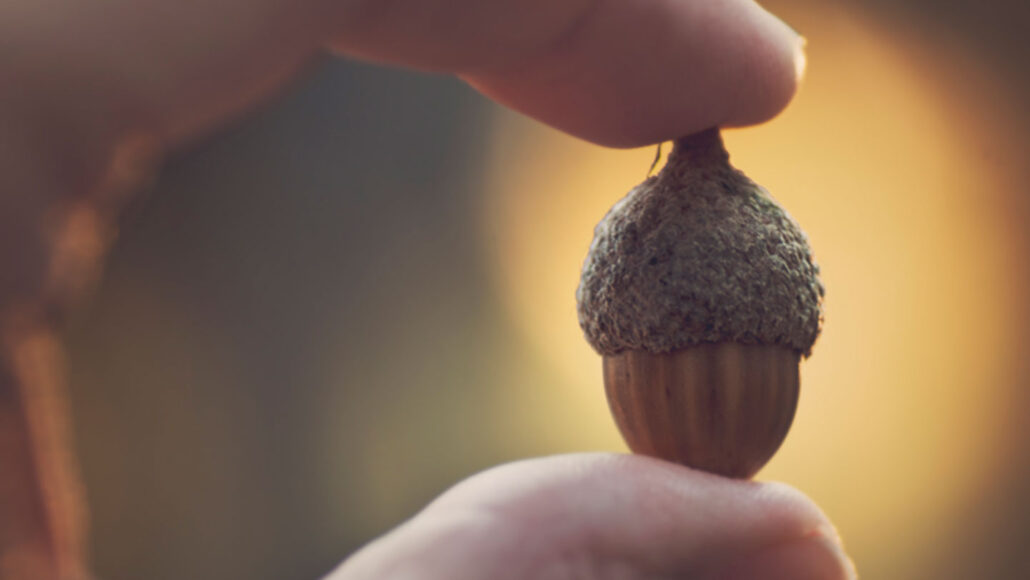
Plants
Scientists Say: Fertilize
This word describes both a stage of sexual reproduction and the agricultural practice of adding nutrients to soil.
Come explore with us!

This word describes both a stage of sexual reproduction and the agricultural practice of adding nutrients to soil.
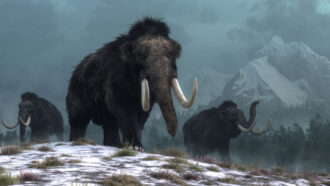
Scientists are using genetic engineering and cloning to try to bring back extinct species or save endangered ones. Here’s how and why.

A cloned ferret named Elizabeth Ann brings genetic diversity to a species that nearly went extinct in the 1980s.
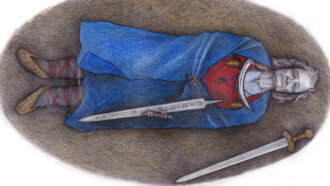
A 1,000-year-old grave in Finland, once thought to hold a respected woman warrior, may belong to someone who didn’t have a strictly male or female identity.
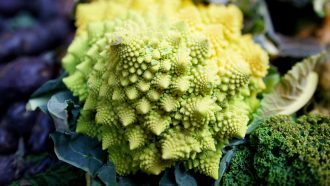
By tweaking just three genes in a common lab plant, scientists have mimicked one of nature’s most impressive mathematical patterns.

Some of these tweaks to DNA, however, may have played a role in brain evolution.

The price of not vaccinating nearly everyone across the world could be a longer pandemic and more troubling variants of the new coronavirus.
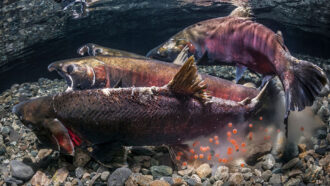
An egg or a sperm cell contains half of the normal genes an organism needs. They fuse together to form a new individual.
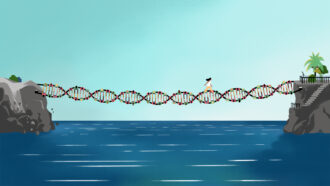
Little diversity in genetic databases makes precision medicine hard for many. One historian proposes a solution, but some scientists doubt it’ll work.

Identical twins may not be exactly identical. Mutations may arise early in development that account for tiny genetic differences between siblings.